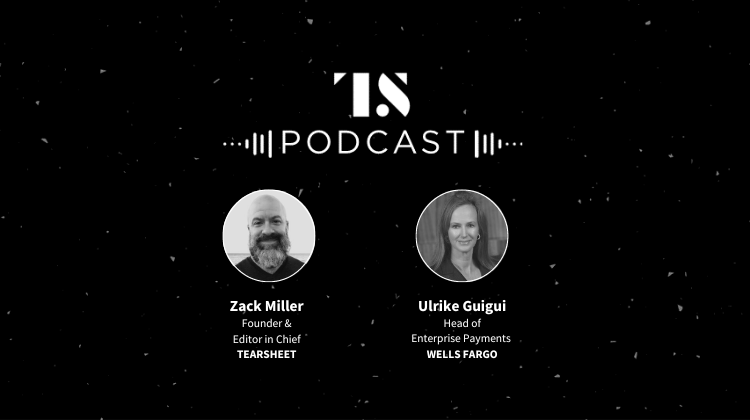Podcasts
‘Everything else is just digital, digital, digital’: Wells Fargo’s Ulrike Guigui on enterprise payments trends
- New rails and changing customer demands are challenging enterprise payments players.
- At Money 20/20, we sat with Wells Fargo's Ulrike Guigui, head of enterprise payments strategy, to discuss where the industry and her firm are headed.








